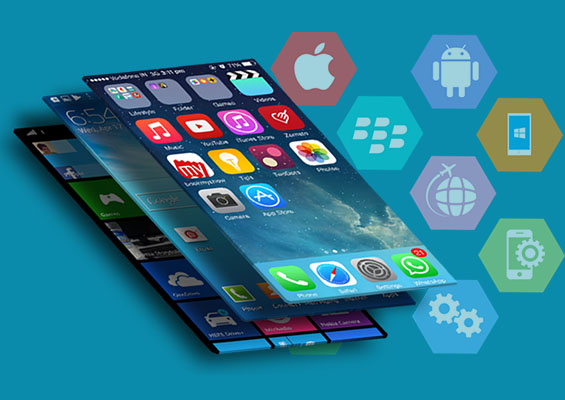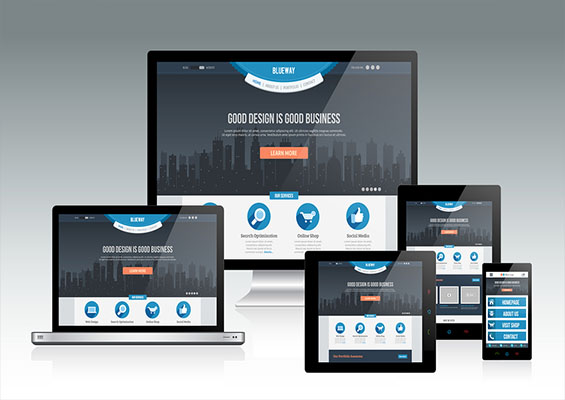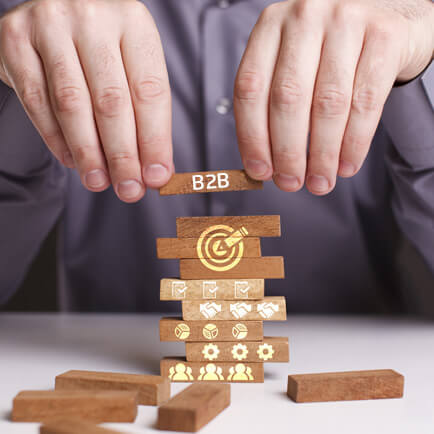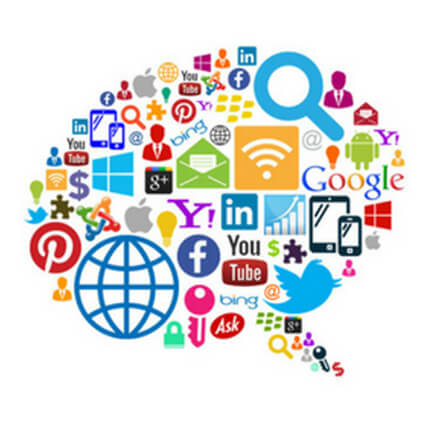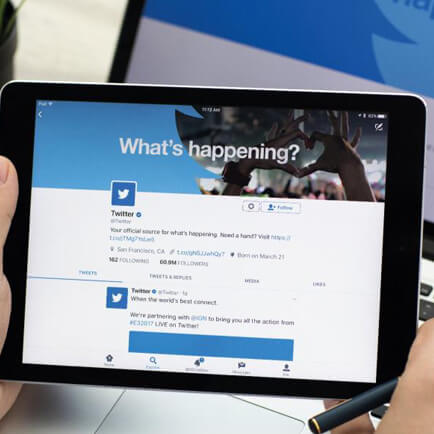IOT

IOT (internet of things) is an advanced automation and analytics system which exploits networking, sensing big data, and artificial intelligence technology to deliver complete systems for a product or service. IOT is creating a new wave of connectivity which is going beyond laptops and smartphones, it’s going towards connected cars, smart homes, connected wearable, smart cities, and connected healthcare. Basically, it is connecting life.
According to the Gartner report, by 2020 connected devices across all technologies will reach 20.6 billion. There is a lot of application of IOT like wearable. Wearable devices are installed with sensors and software which collect data and information about users and later is used to extract essential insights about the user. These devices broadly cover fitness, health and entertainment requirements. Companies like Google, Samsung are heavily making such devices. IOT has great importance in the retail sector, as it provides an opportunity for retailers to connect with the customers to enhance the in-store experience. A smartphone will help the retailers to remain connected with their consumers even out of the store. By using beacon technology smartphones can help retailers to serve their consumers better. They can also keep track of consumer’s path through a store and improve store layout and place premium products in high traffic areas.
IOT can be helpful in poultry by gathering the data about the health and well-being of the cattle and can pull out and prevent a large number of sick cattle. With the help of the collected data, ranchers can increase the poultry production. There are many more areas where IOT is making an impact like Networked toys, connected cars, etc.
IOT has brought a revolution in the way objects around us communicate with one another and human beings and this result in the increase in internet usage. This cause large impact on the economy, as per the Cisco report IOT will generate $14.4 trillion in value across all industries in the next decade. IOT will bridge the gap between the physical and digital world to improve the quality and productivity of life, society, and industries.
